Melt Down
Jakob Ihre FSF / Chernobyl
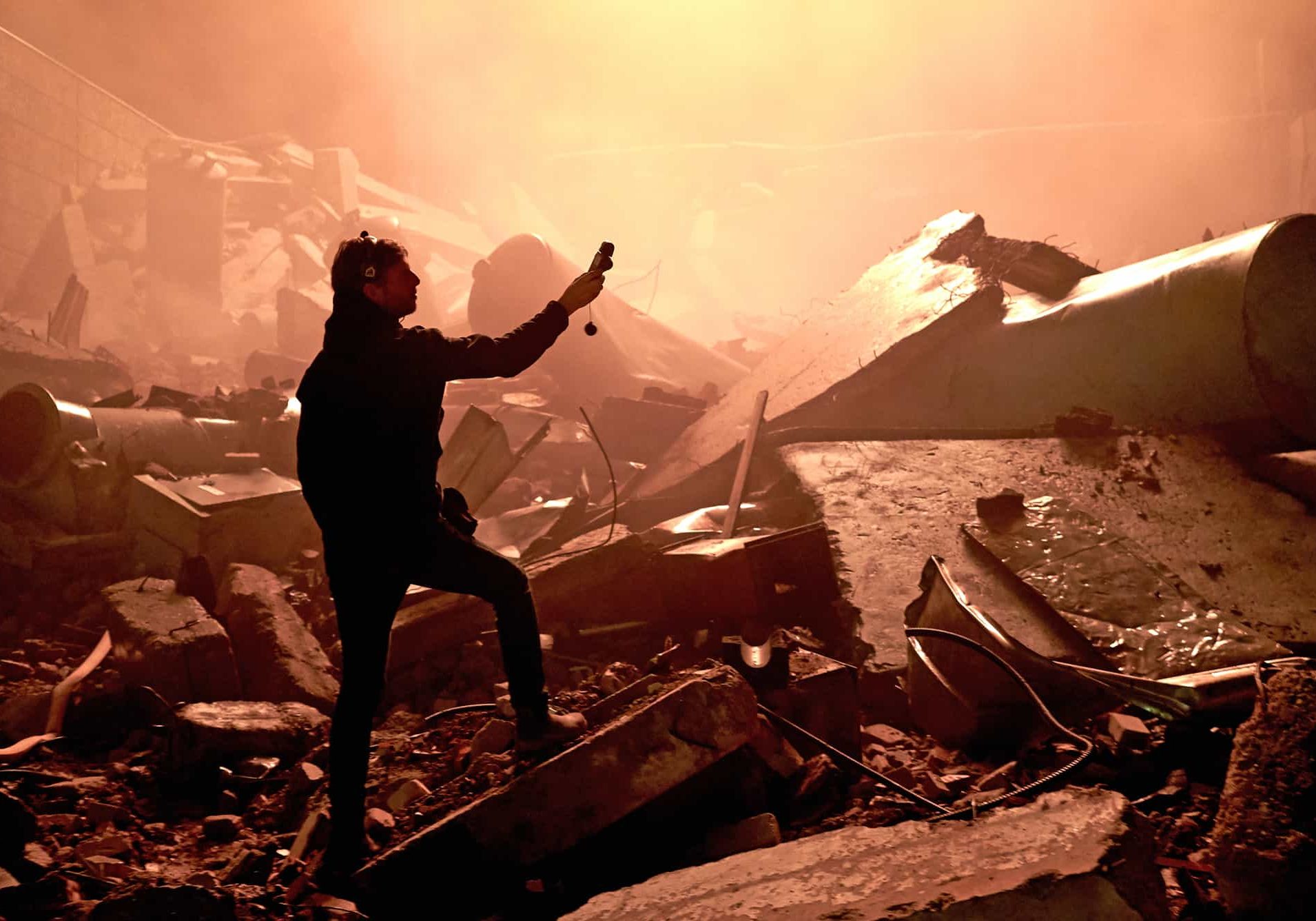
Melt Down
Jakob Ihre FSF / Chernobyl
BY: Valentina Valentini
Chernobyl is HBO's haunting five-part miniseries that follows detailed accounts of those who tried to mitigate the disaster in the aftermath of the 1986 nuclear power plant explosion in the Soviet Union.
The critically-acclaimed show about the doomed reactor - featuring incredible performances by Stellan Skarsgård, Jared Harris and Emily Watson - is a stress-inducing and riveting tale, made with the standard high quality that is expected of HBO projects. It was also Swedish cinematographer Jakob Ihre FSF's first foray into television. Though, as he says himself, it was more like a five-hour movie than it was a TV show, which can sometimes feel fragmented if and when it's split between different directors and cinematographers.
"I always saw this more as a long feature film or a documenting of sorts," says Ihre, who studied at The National Film TV School in Beaconsfield. "Not an installation, per se, but it was something even more than a feature film. It was even heavier. And because we were creating something visually monumental, our execution was made with much respect towards what happened."
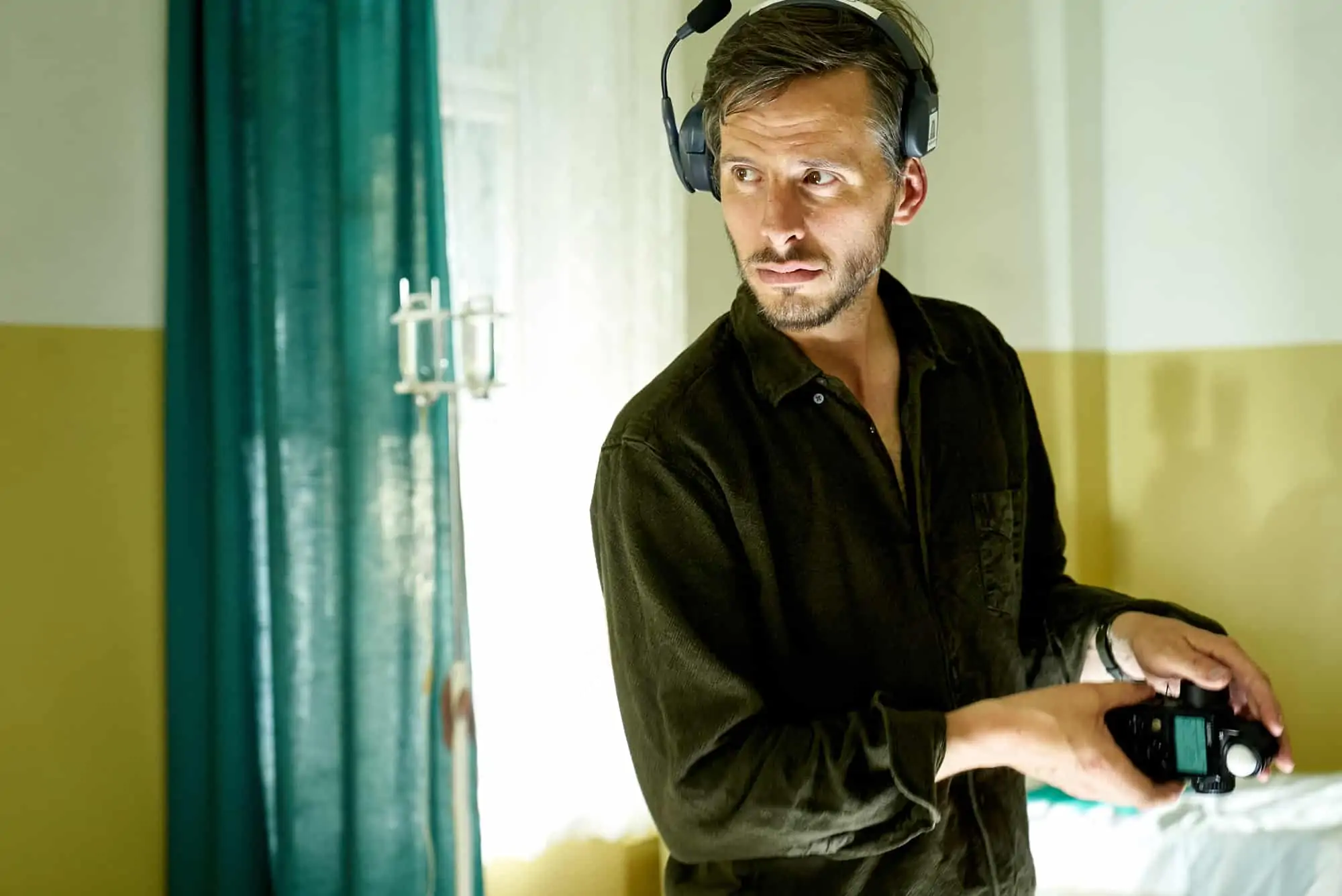
Johan Renck was tapped to helm the juggernaut that is Chernobyl. A well-versed music video director, known for his work with Madonna, Robbie Williams, Lana Del Rey and David Bowie's last video, Lazarus, he'd also been honing his TV directing skills with stints on Breaking Bad, Vikings, Bloodline and Halt And Catch Fire. Ihre was, simultaneously, working on lots of coming-of-age or existential features both in the United States and in Europe, such as The End Of The Tour with James Pondsoldt and four features with Joachim Trier, including Oslo, August 31.
The pair came together to film the five, one-hour episodes over 90 days in Lithuania. And, whilst the amount of work to be done in that time was enormous, Ihre had nothing to compare it to, and admits that the pre-production allotment of nearly four months - longer than the shoot - was both generous and necessary.
Early on, Renck and Ihre spoke about focussing on portraits of people and less on the mechanics of the disaster. Though what happened at Chernobyl, and its aftermath, was indeed a horror, they wanted to see how that all reflected in the people's faces and less in the plot of the story.
"We knew we wanted to portray them with the utmost respect and care," Ihre says, "as if the real-life characters were standing there in front of us. We spoke a lot about displaying that type of pure honesty and humanity of it all."
He adds, "In previous films, I've focussed on the emotional state of one or only a few individuals going through conflict, but this time I felt that I had the whole of mankind as a responsibility to portray; how mankind was kind of falling apart through this disaster."
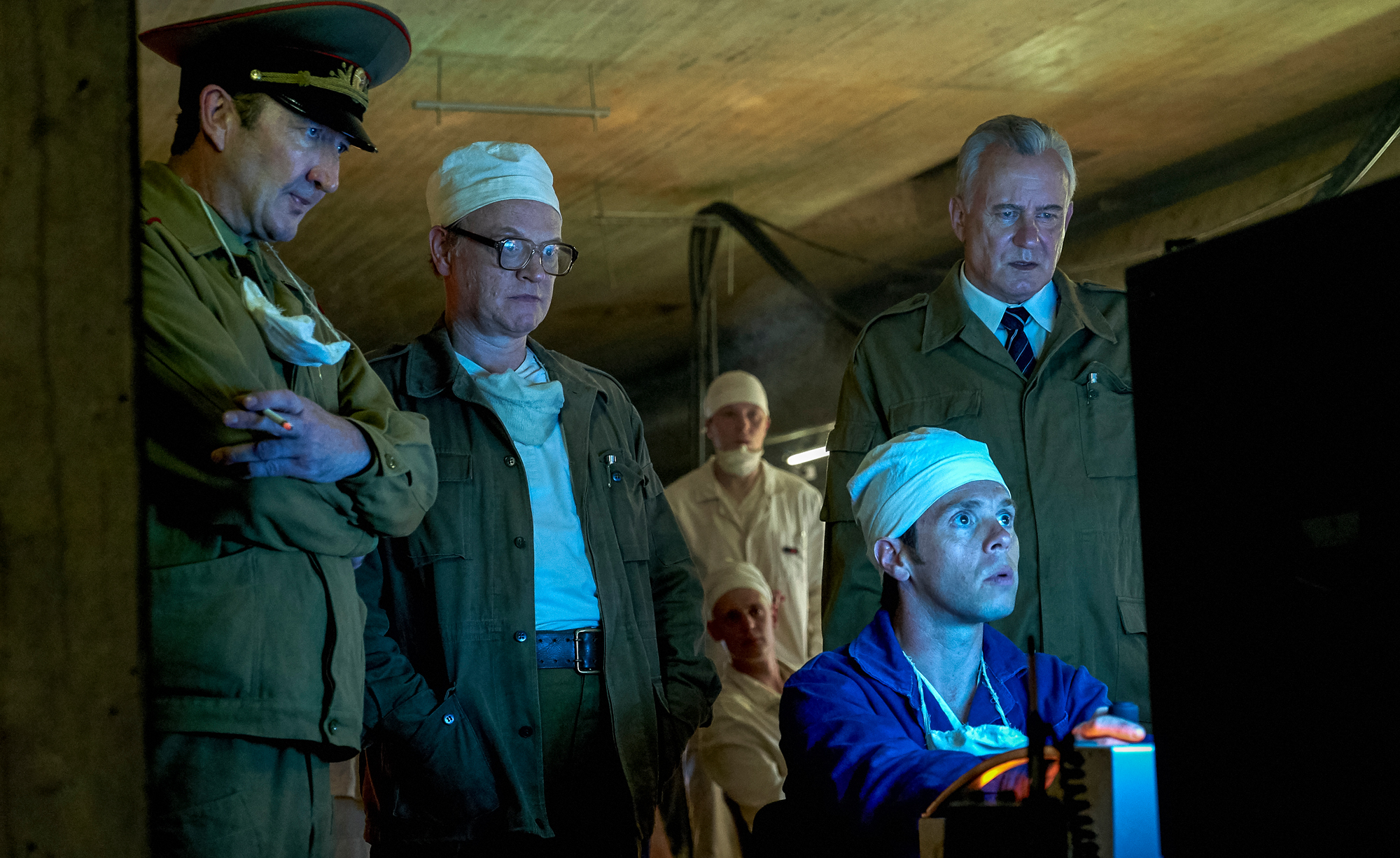
Ihre and Renck turned to two main sources as visual references for the show: fifteenth century Dutch painter, Hieronymus Bosch, who often showcased religious apocalyptic scenes or the world in turmoil in his work; and "The Family Of Man", a 1955 photo exhibition at the MoMA in New York that was help in response to the nuclear threat at the time between the Americans and the Soviets. When designing the look for Chernobyl, the words that Ihre kept coming back around to were "humanity" and "sensitivity." And to translate that visually, he chose Alexa Minis and Cooke Panchro lenses.
"We thought perhaps we'd go Anamorphic," says Ihre. "It would have been a way to enter the world of Soviet cinema - or what people might think of Soviet cinema - that kind of heaviness, where you can almost feel the glass of the Anamorphic lenses in order to feel the machinery of the Soviet Union in our camera language. But we turned away from that idea and focussed on something more human and less obtrusive."
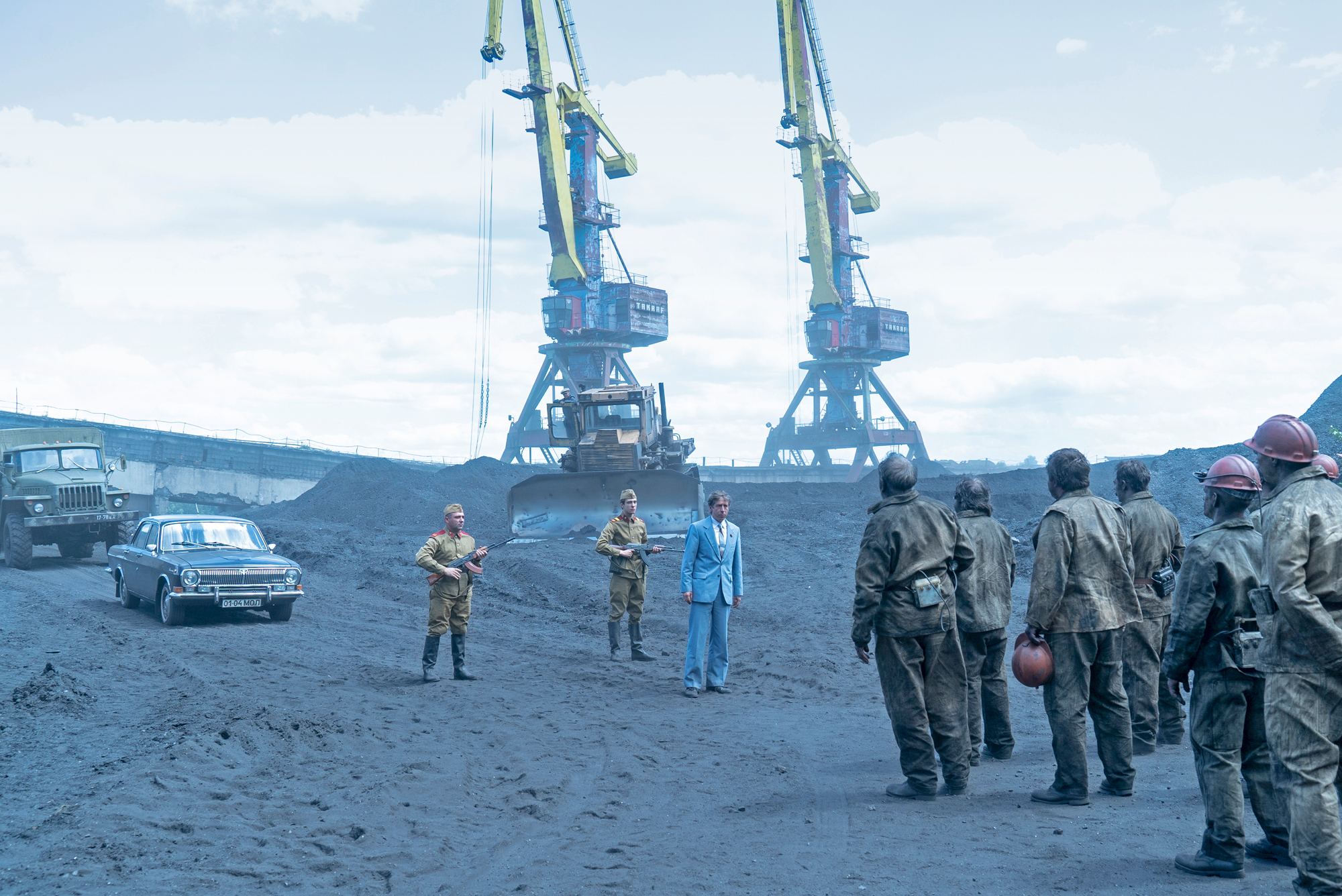
"In previous films, I've focussed on the emotional state of one or only a few individuals going through conflict, but this time I felt that I had the whole of mankind as a responsibility to portray; how mankind was kind of falling apart through this disaster."
- Jakob Ihre FSF
Ihre and Renck did blind lens tests with glass from ten different manufacturers, and they each - independently of one another - chose number six, which, of course, ended up being the un-rehoused Cooke Panchros. Ihre says he found a subtlety in the Panchros, "They didn't give too strong a look to things and at the same time had some soul to them, which is what we really needed."
Ihre's choices allowed Chernobyl a visual language that was based in reality. Though, giving the impression of the surreal after the explosion was equally as important - surreal, but not artificial.
"After the explosion," he says, "the world is kind of deranged. It's altered." So, whether a scene showed its lighting source with a lamp or the sun or it was a cloudy, Ihre strove for a dynamic light that was always a little unpredictable.
"I would make our lights flicker or change their colour or intensity within the scene," he explains, "so that, even subtly, the viewer would feel that something is wrong, something is - quite literally - unstable."
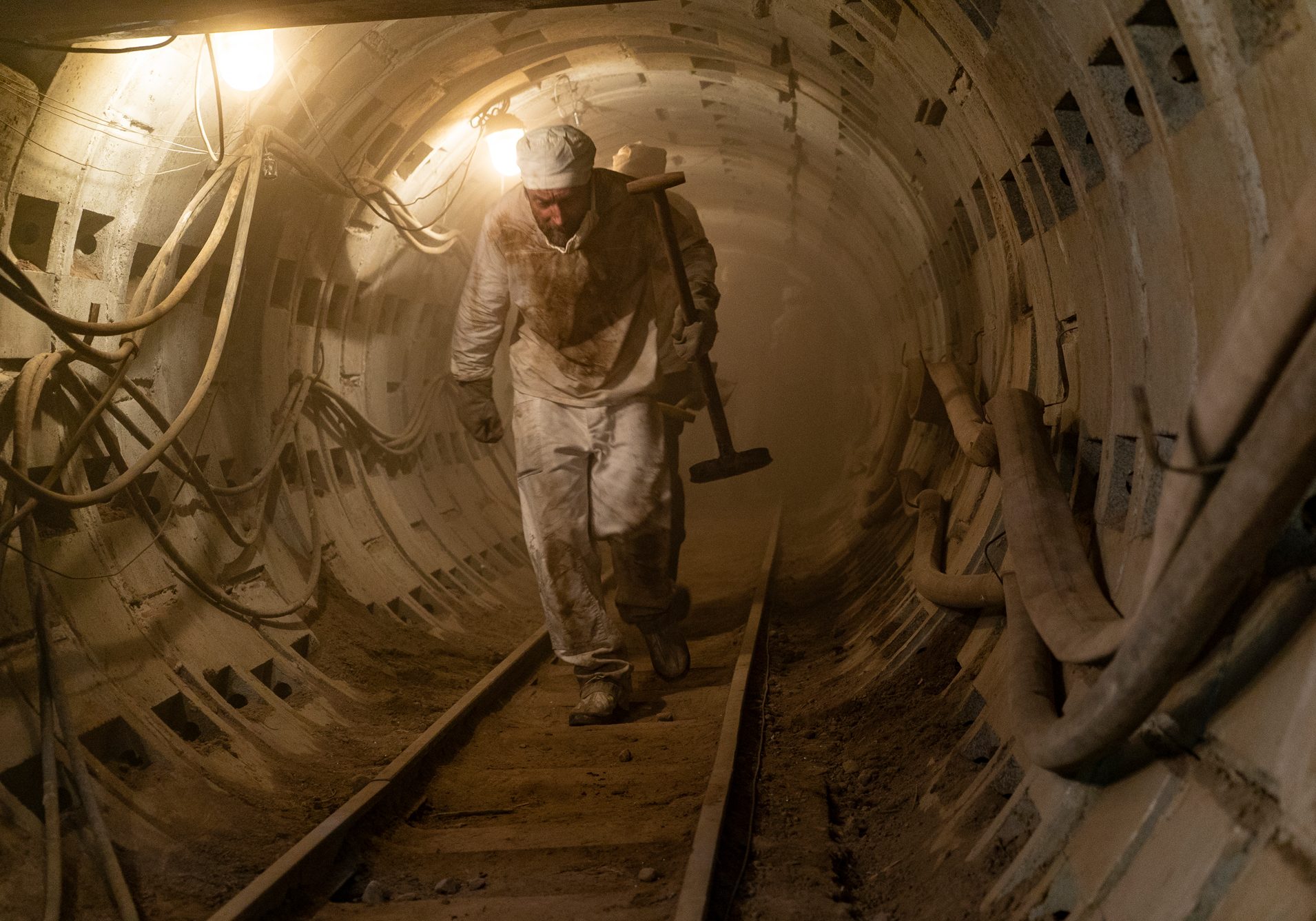
Many of Chernobyl's older crew members were from the former Soviet Union and remembered the days following the meltdown, which they told Renck and Ihre about. They were told not to go outdoors after the blast. Specifically, some people told Ihre that they were not allowed to be in the sun. When the dust particles in the air were backlit by the sun, people thought they were nuclear atoms. The sun then became foreboding for people, and so for Ihre on this shoot, the sun and the rays became the symbol of the threat.
Throughout all five episodes, Ihre used the sun as a dramatic tool, placing digital shutters on his sources to create a foreboding effect. In the scene of the day after the explosion, the sun is out early morning behind the reactor, "the energy, the 'atoms' are going out in the world," explains Ihre. "So, when we see Legasov [Harris] in Moscow six hours later, you can actually see the sun is dimming up as if the threat is reaching Moscow, hitting him as he wakes. In a horror movie you might have fog that does this. In ours, we had the sun."











